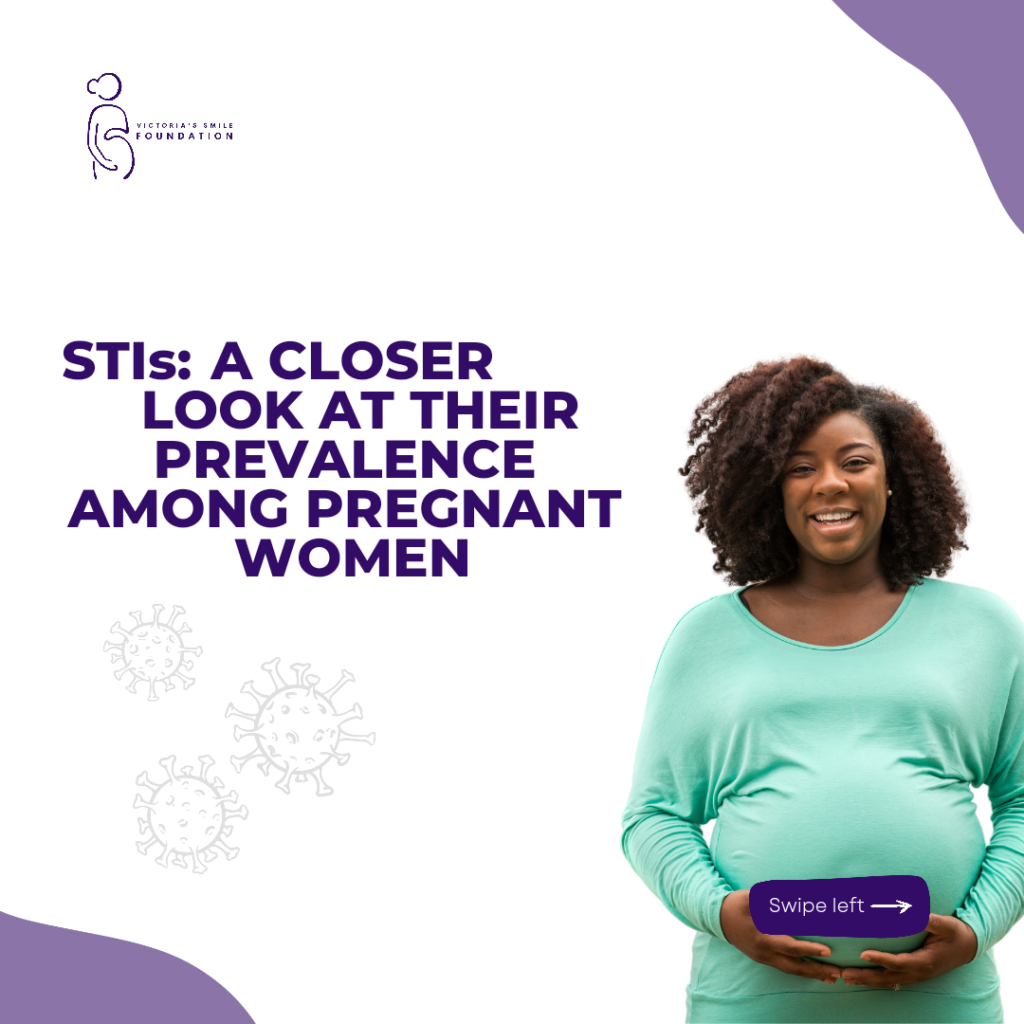Hello everyone; I hope you’re all doing well. Today, we will continue our enlightening discussion on the miraculous journey of labor and delivery by exploring the second stage – the moment when you bring your precious baby into the world.
The second stage of labor begins when your cervix is fully dilated and concludes with the birth of your baby, marking the culmination of your incredible birthing process.
During this stage, your skilled midwife will assist you in finding the most comfortable position for giving birth. You have a variety of options, including sitting, lying on your side, standing, kneeling, or squatting. However, it might be challenging if you’re not accustomed to squatting.
For those who have experienced backaches during labor, kneeling on all fours can provide relief. To prepare for this momentous occasion, trying out these positions beforehand is a great idea. Additionally, communicating with your birth partner about your preferences will ensure they are well-prepared to support you throughout the process.
As your cervix reaches full dilation, your baby will gradually move further down the birth canal, drawing closer to the entrance of your vagina. This may elicit an innate urge to push, which some mothers describe as similar to the sensation of needing a bowel movement.
During contractions, you can push whenever you feel the urge. It’s important to note that the urge to push may not be immediate, especially if you have received an epidural, which can diminish the sensation.
For first-time mothers, the pushing stage typically lasts no longer than 3 hours, while for those who have given birth before, it usually takes 2 hours.
While undoubtedly hard work, you’ll find immense support and encouragement from your skilled midwife and your caring birth partner.
As your baby’s head nears the point of emergence, your midwife will request you to pause pushing and take some short breaths, blowing them out through your mouth. This allows for a slow and gentle birth of your baby’s head, providing the skin and muscles in the perineal area (between your vagina and anus) ample time to stretch.
Occasionally, your midwife or doctor might suggest an episiotomy, a small incision made in the perineum, to prevent tearing or expedite delivery. Don’t worry; before the procedure, you will be given a local anesthetic injection to numb the area, ensuring your comfort. Should an episiotomy or any significant tears occur during birth, they will be carefully stitched closed after your baby is born.
Once your baby’s head is born, the hardest part is usually behind you. The rest of their body typically follows during the next 1 or 2 contractions, bringing forth the precious new life you have been eagerly waiting to embrace.
With that, we conclude our discussion for today. Join us next time as we continue exploring the awe-inspiring journey of labor and delivery. Until then, take care and stay well!



